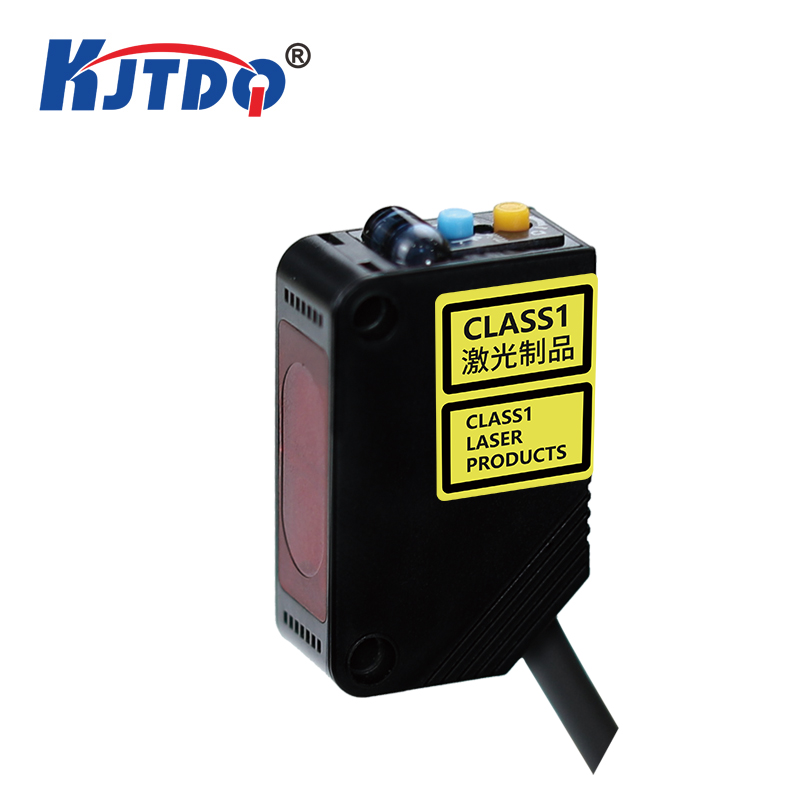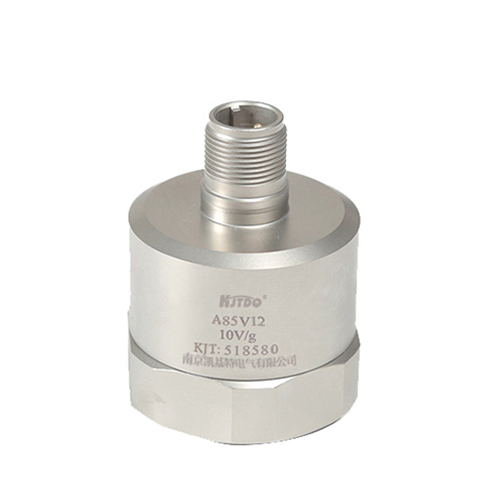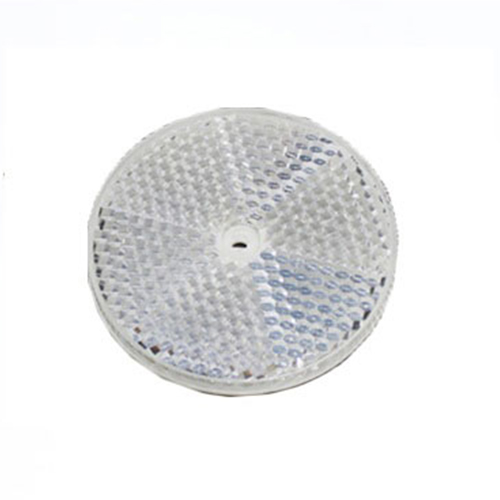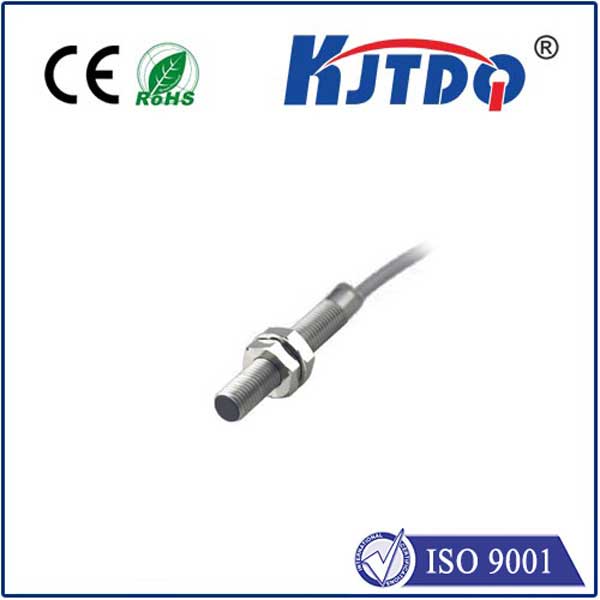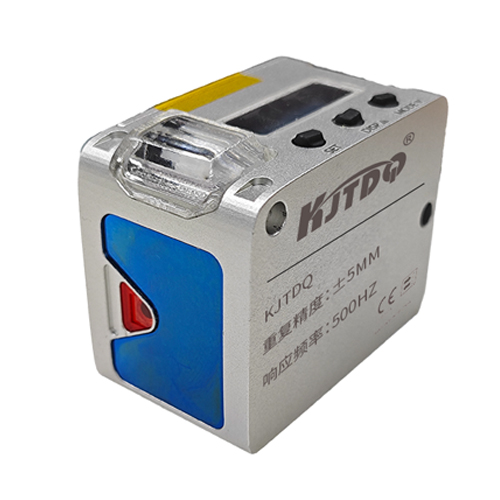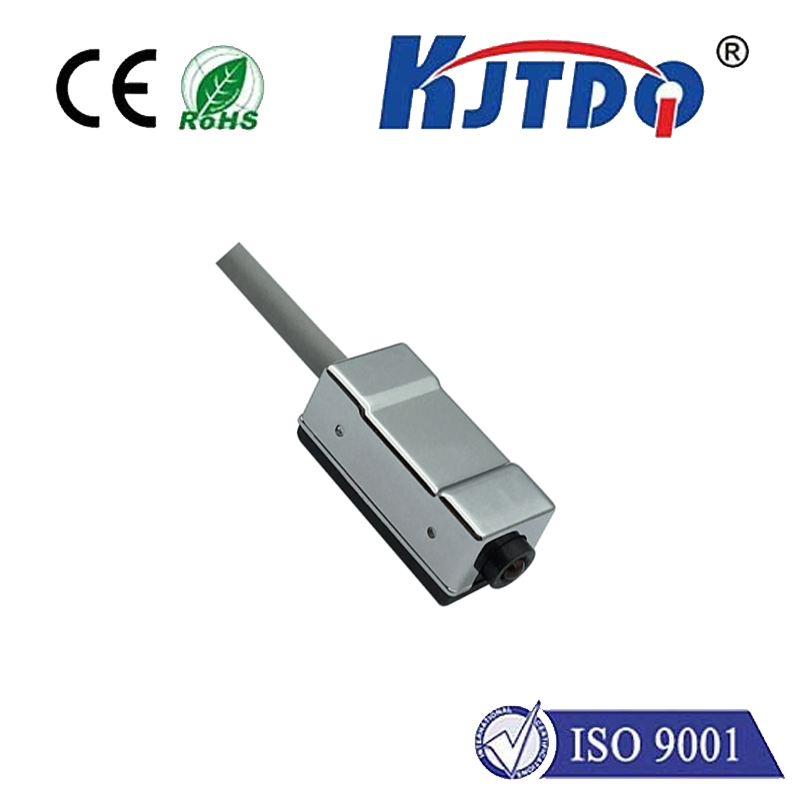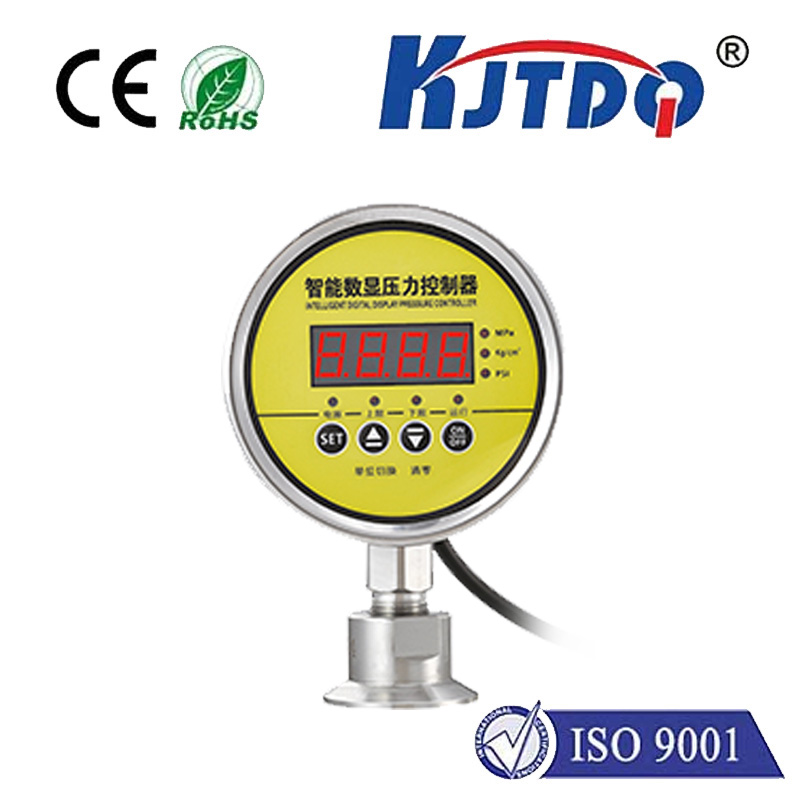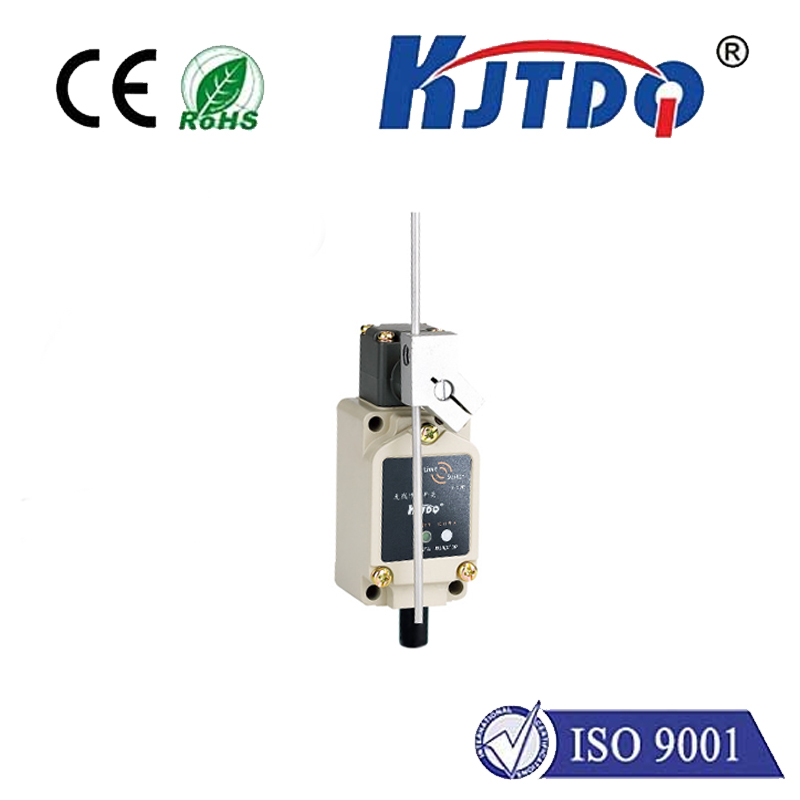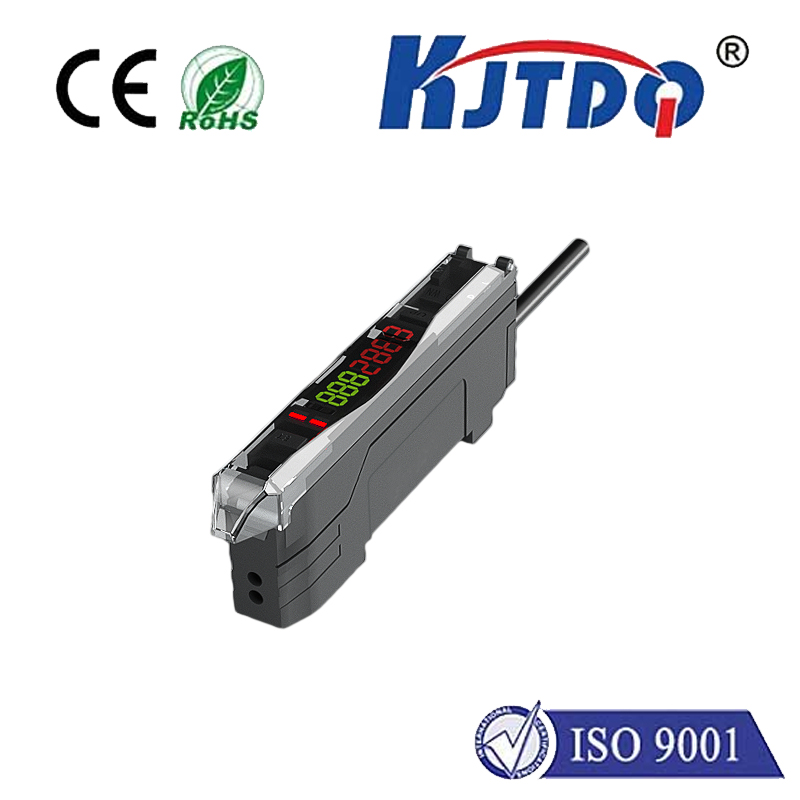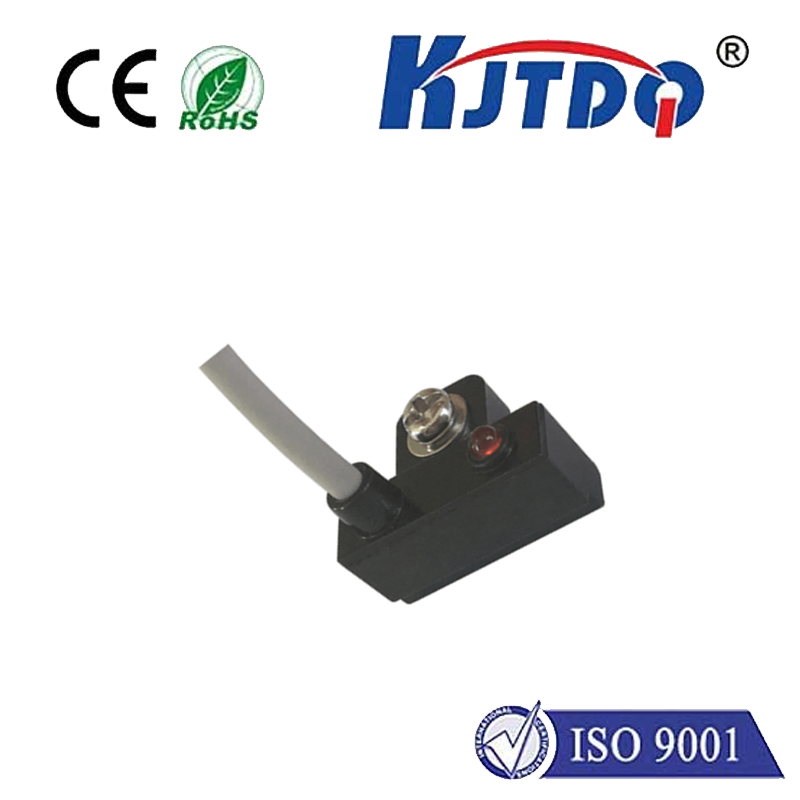

check

check

check

check

check

check

check

check

check

check
Heat Strip Limit Switch: An Essential Safety Device for Industrial Machinery
The heat strip limit switch is a crucial component in the operation of industrial machinery. Its primary function is to monitor and regulate the temperature within the machine, ensuring that it remains within a safe operating range. This article will discuss the importance of the heat strip limit switch, its working principle, and its applications in various industries.
Importance of Heat Strip Limit Switch
In industrial settings, machines are often subjected to high temperatures and pressures during operation. Without proper temperature control, these conditions can lead to equipment failure, downtime, and potential safety hazards. The heat strip limit switch plays a critical role in preventing such incidents by detecting excessive temperatures and taking corrective actions before any damage occurs. By maintaining optimal operating conditions, the heat strip limit switch helps to extend the lifespan of machinery and reduce maintenance costs.
Working Principle of Heat Strip Limit Switch

The heat strip limit switch operates on the principle of thermal expansion. It consists of a temperature sensor, typically made of a bimetallic strip or other materials that expand or contract when exposed to changing temperatures. As the machine's temperature rises, the sensor expands and activates the switch mechanism, which in turn triggers an alarm or cuts off power to the machine. Conversely, when the temperature drops below a certain threshold, the sensor contracts, deactivating the switch and allowing the machine to resume normal operation.
Applications of Heat Strip Limit Switch in Industries
Heat strip limit switches are widely used in various industries where temperature control is essential. Here are some examples:
1. Manufacturing: In manufacturing processes involving high temperatures, such as plastic molding or metal casting, the heat strip limit switch ensures that the machinery operates within safe temperature ranges, preventing equipment damage and reducing downtime.
2. HVAC Systems: In heating, ventilation, and air conditioning (HVAC) systems, the heat strip limit switch is used to regulate the temperature of hot water boilers and furnaces, ensuring efficient energy consumption and preventing overheating issues.
3. Food Processing: In food processing facilities, maintaining proper temperature control is crucial for food safety and quality. The heat strip limit switch helps to monitor and regulate the temperature of ovens, grills, and other cooking equipment, ensuring consistent results and minimizing waste.
4. Automotive Industry: In automotive manufacturing, the heat strip limit switch is used to regulate the temperature of paint drying ovens and welding processes, ensuring that components are produced with precision and without defects.
Conclusion
The heat strip limit switch is an essential safety device for industrial machinery, playing a vital role in temperature regulation and preventing equipment failure and safety hazards. By understanding its working principle and applications in various industries, manufacturers can ensure optimal performance and longevity of their machinery while prioritizing employee safety and productivity.
